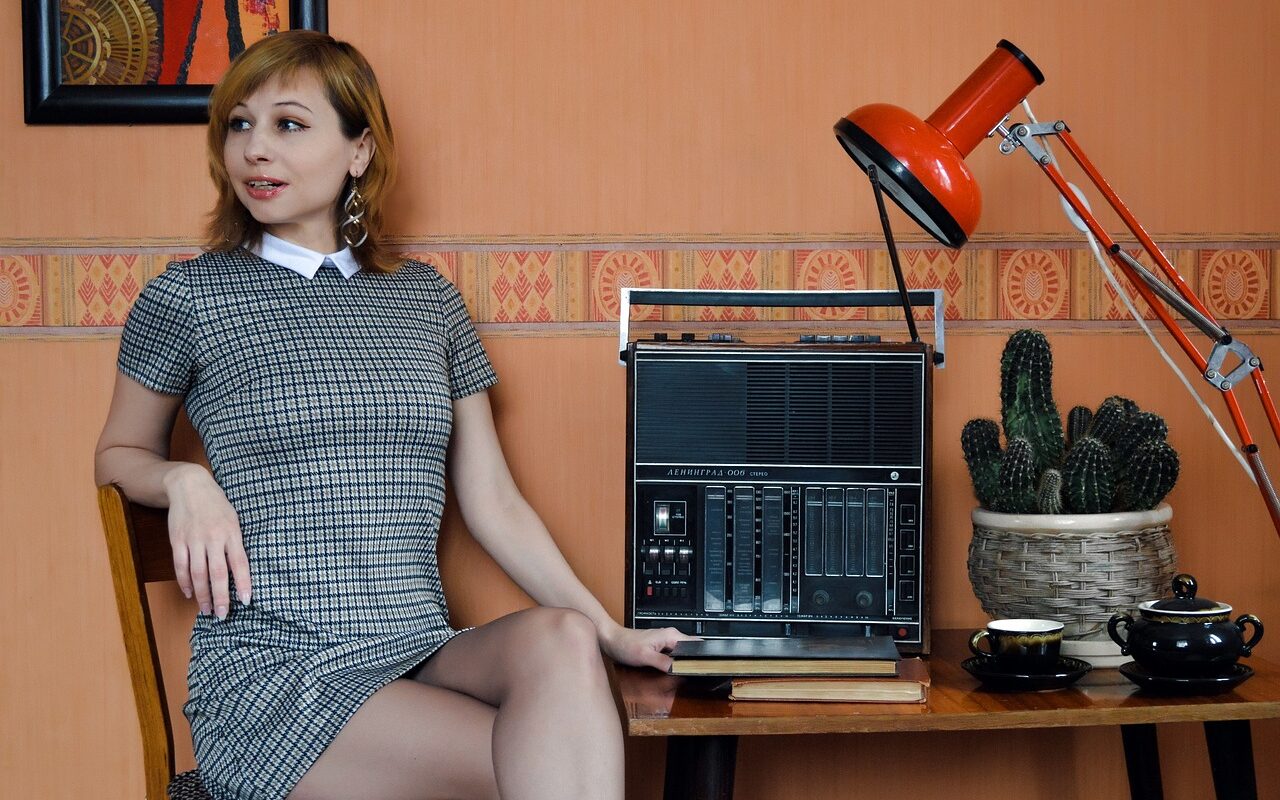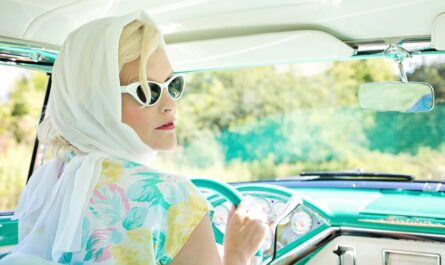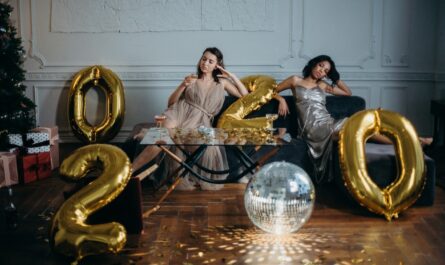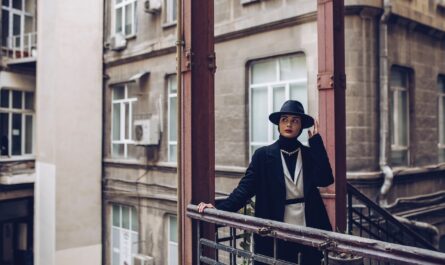The 1960s was a decade of cultural revolution, and its fashion reflected the spirit of rebellion and individuality. The era witnessed the dominance of counter-cultural movements and subcultures that challenged traditional norms. Popular clothing choices included psychedelic dresses, military-inspired garments, and denim jeans. Additionally, the 1960s saw the rise of psychedelic art and the popularity of the Beatles.
The fashion of the 1960s broke away from the conservative styles of the previous decade, embracing a more daring and unconventional aesthetic. The influence of the youth-driven counterculture and the desire for personal expression played a significant role in shaping fashion trends.
One of the defining styles of the 1960s was the psychedelic or “flower power” fashion. This style embraced vibrant colors, bold patterns, and unconventional designs. Psychedelic dresses with swirling patterns, paisley prints, and neon hues became popular among young women. The shift towards mod fashion, characterized by mini-skirts, geometric patterns, and bold colors, was also prominent during this time.
The 1960s witnessed the influence of subcultures on fashion. The rise of the hippie movement brought a new sense of style that rejected mainstream fashion and embraced a more bohemian and free-spirited look. Tie-dye garments, ethnic-inspired clothing, and flowing maxi dresses became symbols of the hippie culture.
Military-inspired fashion also gained popularity during the 1960s. The Vietnam War and the anti-establishment sentiment prevalent in the era led to the adoption of military surplus clothing as a form of protest and subversion. Camouflage patterns, military jackets, and cargo pants became fashion statements associated with the counterculture movement.
Denim jeans became an iconic symbol of rebellion during the 1960s. Jeans were no longer restricted to workwear but became a staple of everyday fashion. The popularity of denim was further fueled by the emergence of youth subcultures, such as the “greasers” and the “mods,” who embraced denim as a form of self-expression.
The 1960s was not only a transformative era in fashion but also in art and music. The rise of psychedelic art, characterized by vibrant colors, abstract shapes, and surreal imagery, influenced fashion trends. Artists like Peter Max and Andy Warhol were at the forefront of this movement, inspiring fashion designers and capturing the essence of the era.
Music played a significant role in shaping fashion in the 1960s, with the Beatles leading the way. The British invasion brought a fresh and energetic style, influencing both men’s and women’s fashion. The “mop-top” hairstyles and the mod-inspired suits worn by the Beatles became iconic symbols of the decade.
The fashion of the 1960s reflected a time of immense social change and cultural upheaval. It celebrated individuality, self-expression, and the rejection of established norms. The legacy of the 1960s can still be seen in today’s fashion, with elements of the era often being revisited and reimagined. The 1960s remains a significant chapter in fashion history, representing a time of bold experimentation and the empowerment of personal style.



